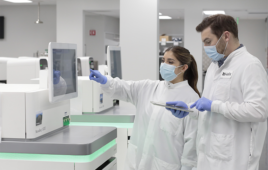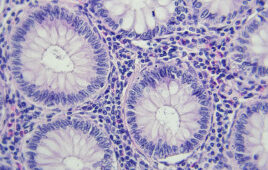Rice University physicist and bioengineer Michael Deem believes a changing environment may organize the structure of genetic information itself. Deem’s research is available online and slated to appear in Physical Review Letters.
“Our results suggest that the beautiful, intricate and interrelated structures observed in nature may be the generic result of evolution in a changing environment,” Deem said. “The existence of such structure need not necessarily rest on intelligent design or the anthropic principle.”
The information that allows all living things to survive and reproduce is encoded in genes. Rice’s theory probed the structure of this genetic information, looking for patterns that were created over time. The study by Deem and postdoctoral fellow Jun Sun found the structure of genetic information becomes increasingly modular when two conditions are taken as givens: horizontal gene transfer (HGT) and a changing environment. Like modular furniture that can be rearranged in different functional patterns, modular genes are standardized components that lend themselves to flexible rearrangement, and this genetic modularity arises spontaneously because of the selective pressure of a changing environment and the existence of horizontal gene transfer.
Release date: November 13, 2007
Source: Rice University
Filed Under: Genomics/Proteomics




